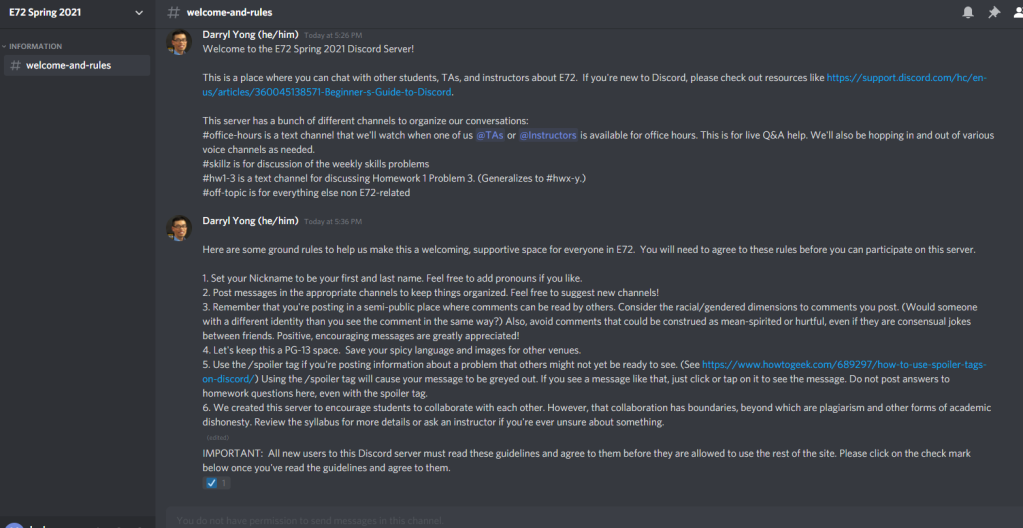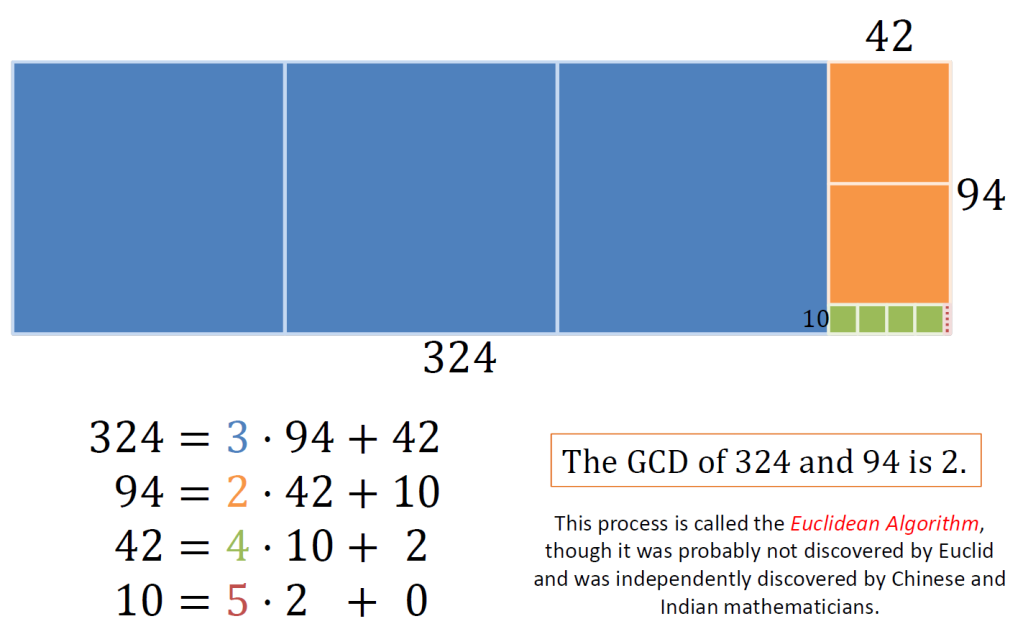It is increasingly common these days to see higher education organizations use the acronym “DEIJ” to stand for “Diversity, Equity, Inclusivity, and Justice”. Sometimes you might even see it rearranged to spell “JEDI”. I believe it’s important that we reflect on the various traditions behind the word “justice” and think carefully about whether its use is warranted.
There are theories of justice dating back to Plato, and are probably justice scholars predating Plato that I don’t know about. Every major faith tradition has its own conception of justice. Justice can be approached from various disciplinary lenses: ethics, political philosophy, economics, for example. And of course, there are legal theories about justice.
In the context of diversity, equity, inclusivity work, the term “justice” is often invoked because of a desire to connect these ideas to “social justice”, which one might define as the work necessary to create a society in which people are able to receive their fair share of opportunities, resources, safety, and so forth, taking into account historical inequities.
But let’s also look at the way Oxford English Dictionary defines the word “justice”: (1) maintenance of what is just or right by the exercise of authority or power; assignment of deserved reward or punishment; giving of due deserts, (2) punishment of an offender; retribution deemed appropriate for a crime, (3) the administration of law; due legal process; judicial proceedings.
There is a consistent theme throughout these different traditions and lenses of justice involving the righting of wrongs and of individuals being treated equitably. As I learned today from my 2022-23 ACE Fellows cohort, justice is more than just challenging inequities within a society or organization; it involves acknowledging past wrongs, repairing past harms, changing inequitable policies or practices, and committing to continual reflection so that wrongs are not perpetuated.
Given that understanding of the word “justice”, is it really the case that many DEI efforts really bring about justice? Sadly, I don’t think that’s the case.
For example, imagine that within a higher education institution, there are people who want to start an initiative to ensure greater racial and gender diversity among its faculty. They are thinking of describing their work as a “DEIJ” initiative. The “D” makes sense since they’re trying to bring about more diversity within the professoriate. The “E” makes sense in that they are trying to ensure equity in faculty search and promotion processes. And the “I” makes sense because of their desire to build a culture of inclusivity. But what would true justice look like with regards to faculty hiring and support in higher education?
If true justice involves acknowledging past wrongs, then this institution needs to be prepared to go back and look at all prior cases where a person of color was not granted tenure, prior cases where women were passed over for a faculty position, and prior cases where a person with a disability might have not been given what they need to thrive at an institution. In each of those cases, honest introspection would be needed to determine the extent to which the institution was at fault. And if wrongdoing was discovered, the institution would need to be prepared to admit to past wrongdoing and to repair those harms.
It seems impossible to me to imagine that any higher education institution would be willing to admit to a person that they were discriminated against in a hiring or promotion situation because they would be opening themselves up for legal liability. And yet, isn’t that what is meant by true justice? Justice in this situation would mean that the person that was discriminated against would be able to receive reparation for the harm that was caused.
Think about all the various realms of DEI work (student admissions, classroom pedagogy, faculty hiring and promotion, higher education leadership, etc.) and now imagine that J would really look like in each of those spheres. Are we truly prepared to look at our institutions to uncover the places where we have caused harm and to think about how to right those harms? Sadly, I suspect that we aren’t.
Consequently, I encourage us all to be cautious about adding “J” to “DEI”. By using the term “justice” and failing to actually carry out true justice, we trample on those who have previously been harmed by our institutions and we signal to others that our commitment to “JEDI” is no more than a passing fad. Soon, the “J” for “justice” will become as meaningless as “D” for “diversity” has become in some higher education spaces.
If you find yourself on a committee thinking about calling itself a “DEIJ Committee” or a program that claims to do “JEDI” work, then at minimum, I would hope that you will push yourself and the group to carefully define what justice means and then consider whether the committee or program really will live up to that definition. One might the word “justice” aspirationally, but even then I think everyone should be on board with what you are aspiring to and that your aspirations are genuine rather than just performative. From now on, I will also commit to doing the same.

